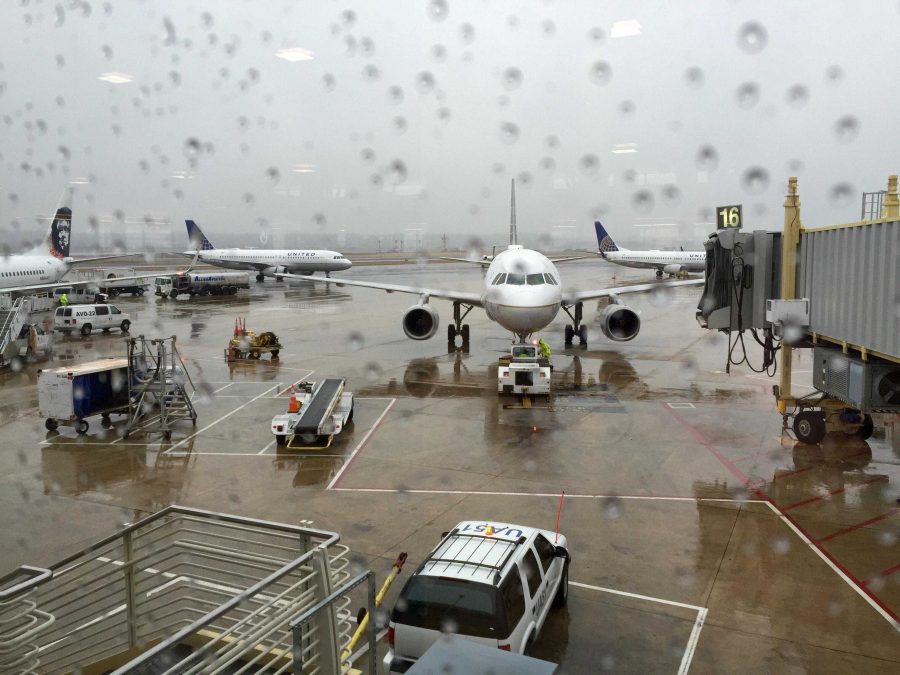By Leila Bellou
Contributing Writer
The increased fighting in the Iraqi region seems incessant in the near future, as it was discovered last week the mysterious leader of the Islamic State of Iraq and Syria (ISIS), Abu Bakr Al-Baghdadi, may have been critically wounded by a U.S.-led strike in al-Qaim, close to the Syrian border. U.S. officials cannot yet confirm whether or not Al-Baghadi was indeed present, while IS-affiliated Twitter accounts rejected the report. It is not the first time Al-Baghdadi is declared dead: in September, he was also said to have died in an air strike.
The strike targeted a convoy of up to 10 armed IS vehicles said to be carrying IS commanders, leading to a dozen of them killed or wounded and creating chaos among ISIS members in their effort to transport them to the hospital “packed with the wounded and body parts” according to member of parliament Mahammed al-Karbouli.
To U.S. central command: “This strike demonstrates the pressure we continue to place on the ISIL terrorist network and the group’s increasingly limited freedom to maneuver, communicate and command.” Earlier this week, President Obama ordered an additional 1,500 troops to be deployed to Iraq, doubling the number of American soldiers sent to the region in an effort to contain ISIS and establish new training sites across the country to give Iraqis the means to retaliate against the terrorist group.
The U.S. campaign to destroy ISIS was launched on Sep. 10. However, U.S. military have been authorized to launch air strikes against ISIS militants in Iraq since Aug. 7. Obama’s new strategy expands the air war all over Iraq and to Syria. Sep. 22 marked America’s involvement on ISIS’ major fronts. Since then, 553 people had been killed of which 32 were civilians, including six children and five women according to the U.K.-based Syrian Observatory for Human Rights.
As a way to finance this war effort, Congress was asked for $5.6 billion to cover operations such as air strikes and their logistics; with $1.6 billion to train and equip Iraqi and Kurdish units for a year. However, even if Congress rapidly approves the money, it will take nearly a year for Iraqis to complete their latest U.S. training. Since 2003, $25 billion was spent during U.S. occupation on Iraqi military.
ISIS, simply renamed the Islamic State, was established in October 2006 and sprouted from various Sunni insurgent groups, including Al Qaeda in Iraq. It has been the most active since late 2012 and 2013, terrorizing the region of Iraq and Syria by conducting kidnappings, beheadings, crucifixions, and torture as a way to assert its power. Its principal targets have been Muslim Shia and Christian civilians as well as U.S. military personnel. Ultimately, its utopian aim would be to establish a caliphate spread all over the world.
According to the U.K.-based Syrian Observatory for Human Rights, ISIS had gained control over 35 percent of the Syrian territory, including most of Syria’s oil and gas fields, which provides a significant source of revenue for IS. In Iraq, ISIS gained territories in northern Iraq including the famous city of Mosul, its second oldest city. Situated in the nort western region of the country, it is home to a very ethnically and religiously diverse population.
The presence of ISIS has resulted in an ethnic cleansing of the region, with the massacre of minorities such as the Yazidi (a Kurdish ethno-religious community following the monotheist religion Yazidism) who refused to flee and stood up against ISIS. Christians persecuted by ISIS were given an ultimatum: convert, pay a tax, or be killed. Most decided to abandon their homes and flee to Jordan. From Mosul alone, 4,000 Iraqi c\Christians found refuge in Jordan, which already hosts about 620,000 Syrian refugees and more than 30,000 other Iraqi refugees.













